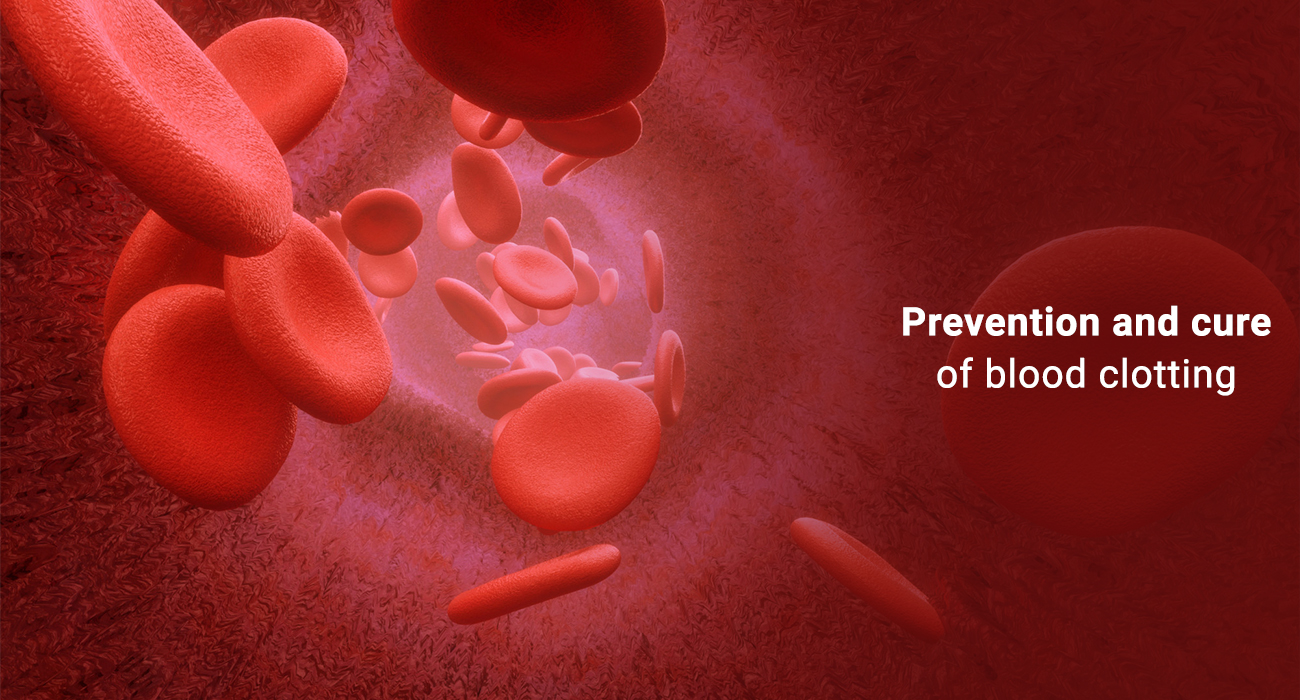11/18/2022
Blood clotting is also widely known as coagulation which is an important process that prevents excessive bleeding in case of an injury or accident. Blood consists of platelets and proteins in the plasma; it is basically the liquid part of the blood. These two together with a few proteins help in stopping the bleeding by forming a blood clot. Generally, these blood clots dissolve naturally after the injury and after healing. While there may be few cases in which it does not in such cases it can give rise to a dangerous life-threatening condition that requires appropriate and accurate diagnosis and treatment. Blood clots can occur anywhere in arteries or veins that help in the circulation of blood to the entire body. Veins carry deoxygenated blood from the body to the heart and arteries carry oxygenated blood from the heart to the entire body. In both cases the blood enters the heart and if there is any blood clot in the artery on the way it can obstruct the transportation of blood to the heart and block the coronary artery which may cause heart failure or heart attack.
Process:
Blood clotting factors are basically proteins that help in the clotting of blood. There are several clotting factors that interact with each other in order to prepare a complicated series of chemical reactions that generate thrombin. Thrombin is an important factor in converting fibrinogen which is a blood clotting factor into long strands of fibrin that radiates from the platelets and forms a net that traps more platelets and blood cells. These together in bulk attach to the fibrin strands and develop a clot that holds it in a place where it is required.
Symptoms:
Suffering from blood clotting disorder requires immediate medical assessment and treatment. Negligence in such cases can lead to life-threatening conditions. The symptoms in the case of blood clotting disorder may vary from person to person depending upon the location of the blood clot. Still, some of the common symptoms of blood clot disorder may include:
- Stroke
- Heart attack
- Swelling in the arms or legs
- Pain and tenderness in the legs
- Chest pain
- Breathlessness
- Nausea
- Abdominal pain
- Vomiting
- Weakness
- Headache
- Rapid breathing
- Heart palpitations
- Seizures
- Increased heart rate
- Heart arrhythmia
- Sweating
- Fatigue
- Vision problems
Risk factors:
There are certain risk factors that are associated with blood disorder as it increases the risk of having it. There are certain conditions that may make a person more vulnerable to blood clots some of these conditions may include :
- Diabetes
- Atrial fibrillation
- Covid-19
- Obesity
- Family history of having blood clots
- Smoking
- Serious injuries
- Pregnancy
- Genetic Disorder
- Atherosclerosis
- Rheumatoid arthritis
- Crohn's Disease
- Use of contraceptive pills, contraceptive patches
- High blood cholesterol level
Prevention:
There are several preventive measures that one can adopt. Some of these preventive measures for this may include:
- Quit smoking
- Maintain a healthy diet
- Practice exercise or yoga daily
- Try brisk walking
- Maintain a healthy weight
- Do not sit for long durations
- Be active after healing from the surgery
- Walk or move around after a long flight or car trip
- Drink plenty of water so that the body is not dehydrated
- Wear flight socks or stocking to blood flow during flights
- Quit consumption of alcohol
Treatment:
The treatment for blood clotting disorder usually depends upon the location of the blood clot and how severe it is. Some of the possible treatment methods for blood clotting disorders may include:
-Blood thinners
-Medications
-Thrombolytics medicine which is used in severe cases helps in dissolving blood clots.
-Surgery to remove blood clots.
You can contact us to know more as we are the best multispecialty hospital in Jaipur.

